

Sewing machines have revolutionized the textile industry, making it easier and faster to stitch fabrics together. But have you ever wondered how these intricate devices are made? Let’s take a behind-the-scenes look at the manufacturing process of sewing machines.
The Assembly Line
The production of sewing machines typically involves large-scale manufacturing processes. The initial stage begins with the assembly line, where various components are put together to create the machine. These components include the body frame, motor, needle, bobbin case, and feed mechanism.
Casting and Machining
Several parts of a sewing machine are made through casting, a process in which molten metal, usually iron or aluminum, is poured into molds to create specific shapes. These castings are then further processed through machining, where excess material is removed, and the parts are refined to precise dimensions.
Electronic Components and Circuitry
Modern sewing machines often come equipped with electronic features like LCD screens, touch controls, and programmable stitching patterns. These electronic components, such as microprocessors and sensors, are carefully integrated into the machine during the manufacturing process. Skilled technicians ensure that the wiring and circuitry are correctly installed and connected for optimal functionality.
Quality Control and Testing
Before sewing machines reach the market, they undergo rigorous quality control checks to ensure their performance and safety. These tests include evaluating speed, stitch consistency, tension control, and overall durability. Additionally, sound and vibration tests are conducted to ensure quiet operation.
Final Packaging and Shipping
After passing all quality assurance assessments, the sewing machines are packaged for shipment. They are carefully wrapped, often with protective covers and foam padding, to prevent any possible damage during transportation. The completed machines are then sent to distribution centers and ultimately dispatched to retailers worldwide.
Conclusion
Sewing machines are intricate devices that require a meticulous manufacturing process to ensure their efficiency and longevity. From the assembly line to quality control, every step in production plays a vital role in delivering high-quality sewing machines to consumers. Next time you sit down to sew, take a moment to appreciate the craftsmanship and engineering behind your trusty sewing companion.
Sources:
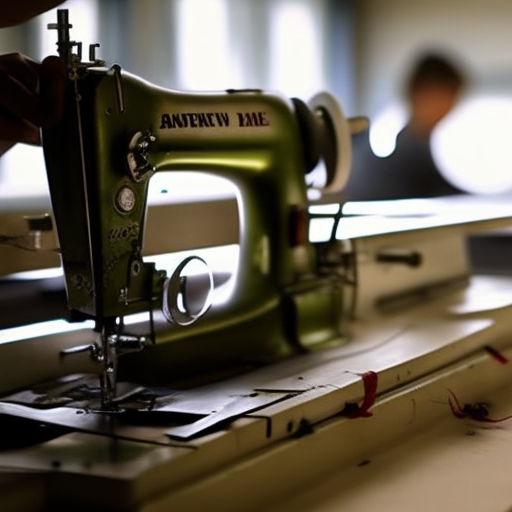
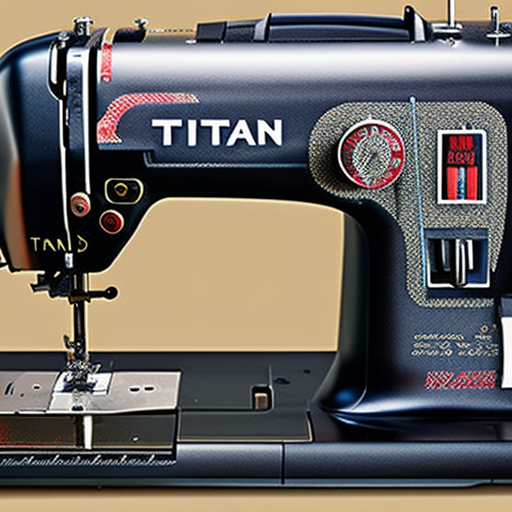
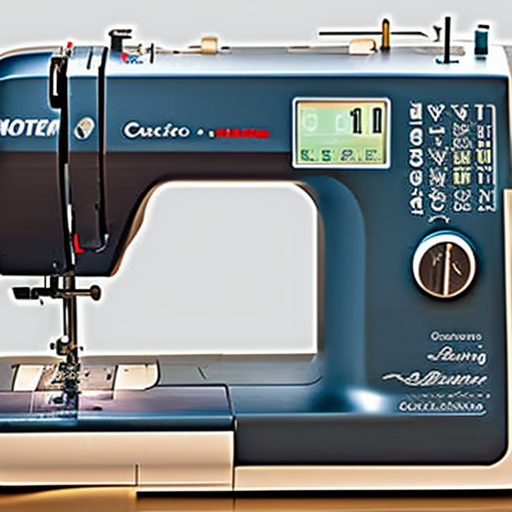
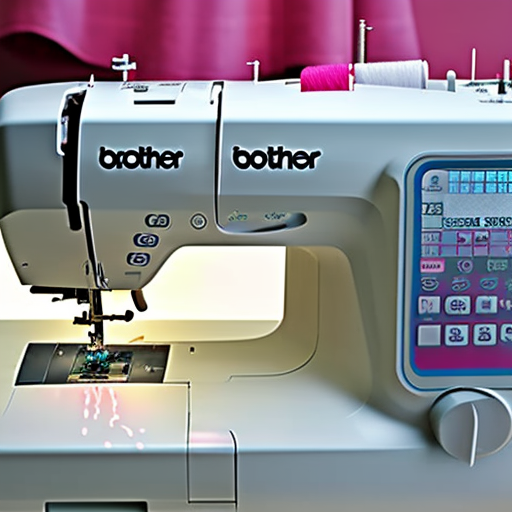
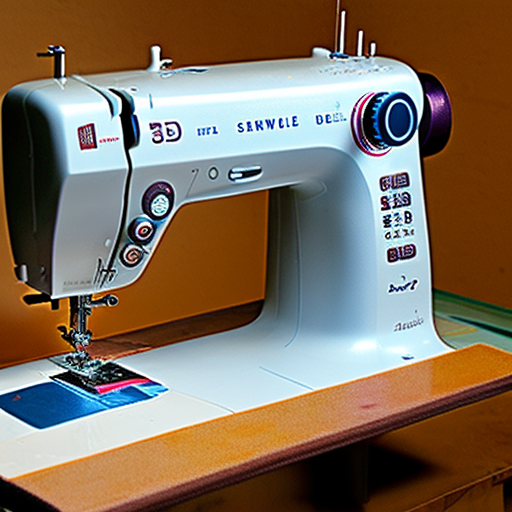
Wow, I would love to learn more about this process! #SewCurious
Stacy Rezai: This sounds so interesting!
Jenny Andrews: Fascinating! I can’t wait to see how sewing machines are actually made! #SewingLover